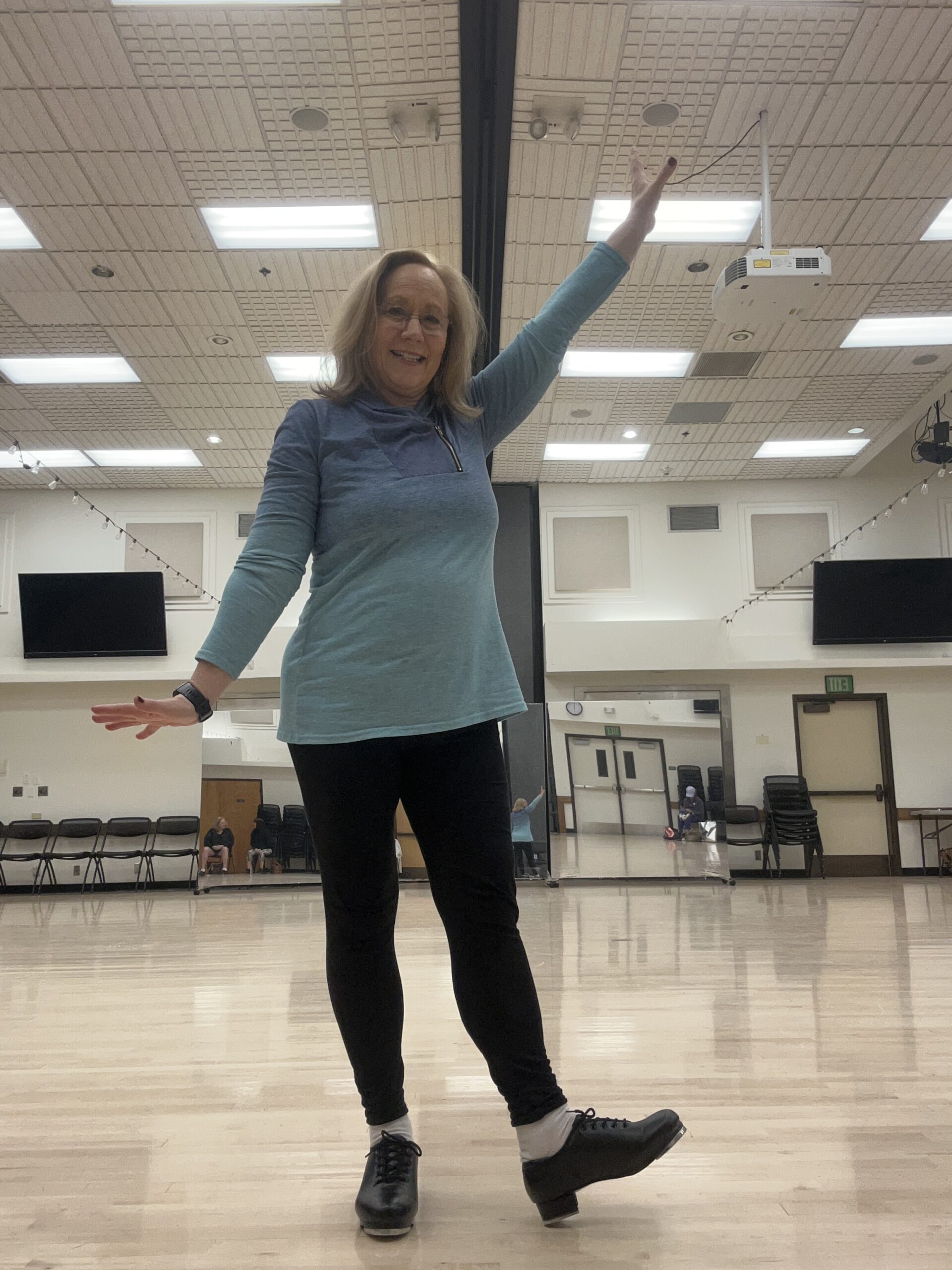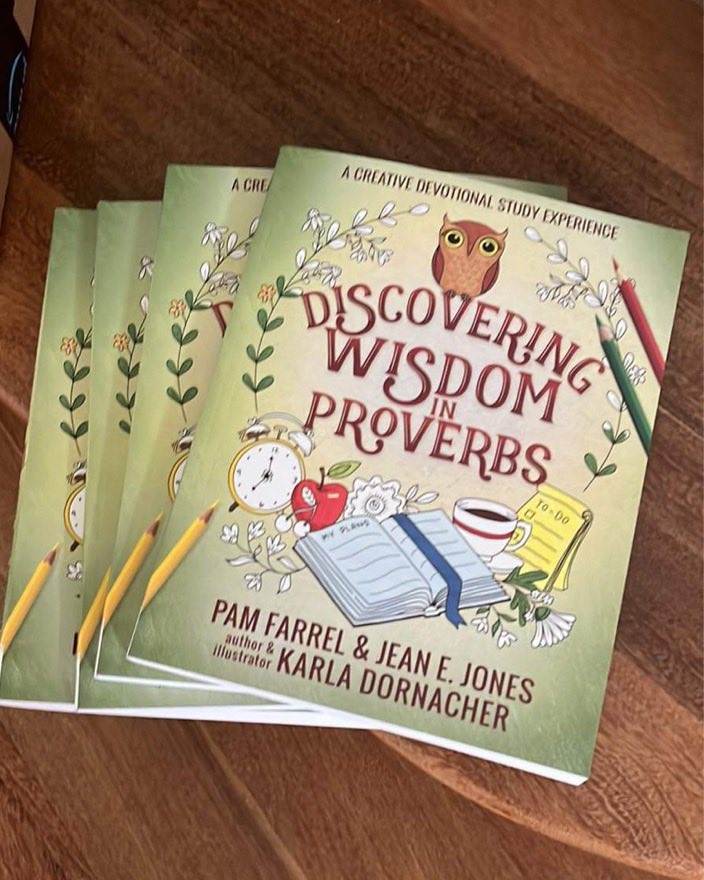Guest blog: Former journalist Nancy Gavilanes was called by God to leave her promising career…
You Are What You Eat- Really!
[Note:I am not a doctor, this is just my story- always consult a doctor and dietician for your choices.]
 Many people have asked me about my 50 pound weight loss last year. Usually their first question is, “What diet did you use?” I actually like my friend, Carol Lewis’ philosophy. She is the President of First Place 4 Health and the author of Give God a Year. In First Place they call their eating plan a “Liveit” plan. (Diet has the word “die” in it! That’s no fun!) Besides, what you eat isn’t just a temporary lifestyle change, to be effective it is a lifelong lifestyle change. Let’s use the acrostic FOOD to talk about how to use food to create and accomplish the weight loss and healthy life goals you desire:
Many people have asked me about my 50 pound weight loss last year. Usually their first question is, “What diet did you use?” I actually like my friend, Carol Lewis’ philosophy. She is the President of First Place 4 Health and the author of Give God a Year. In First Place they call their eating plan a “Liveit” plan. (Diet has the word “die” in it! That’s no fun!) Besides, what you eat isn’t just a temporary lifestyle change, to be effective it is a lifelong lifestyle change. Let’s use the acrostic FOOD to talk about how to use food to create and accomplish the weight loss and healthy life goals you desire:
Find a sustaining motivation
Observe portion size
Obtain nutritional information
Determine Reward System
Find a sustaining motivation: Ask yourself, “What is my sustaining motivation?” It needs to be more than wearing those skinny jeans or dropping ten pounds for the class reunion. Before I eat something, say a cookie, I ask, “Which do  I want more: this cookie, or to be at all my grandchildren’s weddings?” Sustaining motivations can be: “to live longer and stronger for God, to be healthy enough to enjoy your friends, family and future, or to make your life match your words”. Years ago, I read Greater Health God’s Way by Stormie Omartian, and I was impressed that she saw her food choices as part of her spiritual discipline life and obedience to God. I would have done well to have kept up that viewpoint. My downfall came when my kids were teens and I was busy holding down the responsibilities of a pastor’s wife, Director of women’s ministry, writer, speaker, community leader, wife and mother, so I began to rationalize fast food as a necessary lesser of two evils
I want more: this cookie, or to be at all my grandchildren’s weddings?” Sustaining motivations can be: “to live longer and stronger for God, to be healthy enough to enjoy your friends, family and future, or to make your life match your words”. Years ago, I read Greater Health God’s Way by Stormie Omartian, and I was impressed that she saw her food choices as part of her spiritual discipline life and obedience to God. I would have done well to have kept up that viewpoint. My downfall came when my kids were teens and I was busy holding down the responsibilities of a pastor’s wife, Director of women’s ministry, writer, speaker, community leader, wife and mother, so I began to rationalize fast food as a necessary lesser of two evils  that I thought would keep the wheels on the bus for our busy family—instead cutting nutritional corners for those several years caught up to me and the wheels came off my personal bus in the form of weight gain and health markers headed the wrong direction.
that I thought would keep the wheels on the bus for our busy family—instead cutting nutritional corners for those several years caught up to me and the wheels came off my personal bus in the form of weight gain and health markers headed the wrong direction.
All the good intentions in the world can’t go against natural law that God set in place to protect to our bodies. For me, now I again see my eating, my exercise, my life pace—it is all a part of my “spiritual act of service” to God. Pleasing God is a good sustaining motivation.
Observe portion size: Look at your plate. How are your portion sizes? For example, First Place makes recognizing portion size easy:
1 teaspoon of peanut butter……………….…..one die
Cup of fruit…………………….……….…one baseball
Cup of lettuce………………………..………four leaves
3 oz. of meat………………………….……cassette tape
3 oz. of grilled fish…………………….…….checkbook
1 oz. of cheese……………….…………………four dice
Average bagel……………………………..hockey puck
1 oz. of snack foods (pretzels, etc.)………large
handful
Medium potato………………………..computer mouse
1 cup of pasta…………………………..………….a fist
Once I began to really observe my food, I noticed that my cheese “serving” of a few slices was more like 3 servings of dairy not 1! I also noticed what I thought was one serving of meat, was often actually 2 (just because it is one chicken breast it doesn’t always mean it is one serving!) Restaurants are the worst! They super size everything. Sometimes one meal is actually the equivalent of a whole days’ worth of food (or more!) Interesting, those that keep a food log/ journal are more likely to be successful at change in the long run. You can use an online tool like MyFitnessPal (It’s free!) Also smartphones have many aps for this calorie counting. I also like my Fitbook journal (combines goal setting in exercise with a food journal). I actually created my own personalized notepad through Vistaprint because I can simply slip a few sheets of paper in my wallet when I travel and it is personalized to exactly what my body needs. Keeping track of calories and observing your food record will help you spot patterns (good ones and unhealthy ones). You might discern when you eat for stress relief, to reward yourself, or because of peer pressure. Knowing when you will be weak and planning for it will help you overcome obstacles. Balancing exercise (output) with calories (intake) so that you work out more than you put in our mouth is a pivotal place to  begin. My friend, Danna Demtre, a nurse by education and now wellness expert and author of Scale Down: Live it Up! recommends wearing Caltrac (which I own), and several of my friends own a fitbit. Having a pedometer that also can keep track of calories will move you to the front of the class in your wellness journey! Information is power! You can go high tech and pay $100 for a fitbit, or go old school and use fitness pal and a $2 pedometer- it all works to track activity and calorie ratio.
begin. My friend, Danna Demtre, a nurse by education and now wellness expert and author of Scale Down: Live it Up! recommends wearing Caltrac (which I own), and several of my friends own a fitbit. Having a pedometer that also can keep track of calories will move you to the front of the class in your wellness journey! Information is power! You can go high tech and pay $100 for a fitbit, or go old school and use fitness pal and a $2 pedometer- it all works to track activity and calorie ratio.
Obtain nutritional information: You can use a food plate that uses color and premarked portion size to help make wiser choices. I 
 found regularly meeting with a dietician also helped me find creative new ways to prepare foods and healthier alternatives to favorite dishes.Eat a rainbow! The big change this past year, is my dietician took me back to a very strict protocol initially- my family joked that all I ate for weeks were green things. Close! I reset my metabolism by eating about 80% green veggies, a few specific fruits and very lean proteins. It also helped me break cravings for dairy, carbs, chocolate, breads, etc. We slowly added foods back in to observe how my body reacted and right away I noticed that breads (even whole grain), most dairy, and all sugars definitely were the culprits causing my weight gains. (Monitoring my weight with a scale and blood sugar levels helped me track these changes.)The dietician at Dr Stengler’s office recommended a First Line Therapy program which pays special attention to the insulin resistance and the glycemic Index. I began specifically selecting foods with a low GI, high fiber content, in a Mediterranean type plan which is about 60% vegetables, 20% fruits, 15% lean proteins, nuts, seeds, beans, 5% whole grains like quinoa, steel cut oats and Minnesota wild dark rice (and a splash of healthy oils, like olive oil or avocado. The Mayo clinic recommends this diet for good heart health). I eat very little dairy and use almond milk now.
found regularly meeting with a dietician also helped me find creative new ways to prepare foods and healthier alternatives to favorite dishes.Eat a rainbow! The big change this past year, is my dietician took me back to a very strict protocol initially- my family joked that all I ate for weeks were green things. Close! I reset my metabolism by eating about 80% green veggies, a few specific fruits and very lean proteins. It also helped me break cravings for dairy, carbs, chocolate, breads, etc. We slowly added foods back in to observe how my body reacted and right away I noticed that breads (even whole grain), most dairy, and all sugars definitely were the culprits causing my weight gains. (Monitoring my weight with a scale and blood sugar levels helped me track these changes.)The dietician at Dr Stengler’s office recommended a First Line Therapy program which pays special attention to the insulin resistance and the glycemic Index. I began specifically selecting foods with a low GI, high fiber content, in a Mediterranean type plan which is about 60% vegetables, 20% fruits, 15% lean proteins, nuts, seeds, beans, 5% whole grains like quinoa, steel cut oats and Minnesota wild dark rice (and a splash of healthy oils, like olive oil or avocado. The Mayo clinic recommends this diet for good heart health). I eat very little dairy and use almond milk now. 
Because I value keeping as many nutrients in as possible, I eat most of my fruits and veggies raw, so I guess that makes me a little trendy “paleo” too. There has been much research lately on Dr Davis’ “The Wheat Belly” diet which encouraged people to lay off the breads. Dr. Oz noted on a recent TV program that in a audience test 3 out of 5 had the same insulin spike after eating a piece of whole grain bread as they did after eating a snickers candy bar! (I would be one those). I gave up all forms of sugar (for me, even artificial sugar substitutes make me crave sweets so I try to avoid them). Now fruits taste sweeter. I like to say “Berries are God’s “Skittles”.
I read all labels for calorie count, sodium, fiber and sugars. You would be shocked how many “protein/ nutritional bars” are high in sugars! Often you would be just as well off eating a cookie as some of the nutritional bars on the market. Because I was avoiding gluten and most grains, I found Kind bars (which are loaded with nuts and seeds) a great alternative. Once I had lost the weight and was on my maintenance plan, I can even eat my favorite cranberry, nuts and dark chocolate Kind bar (even my nutritionists were ok with a small amount if dark chocolate (over 70% cocoa.)
My husband’s side of the family has a history of strokes, mine a history of heart disease and diabetes, so combining a low sodium, low sugar, (no processed food) nutritional program all of the family benefitted. What I appreciate about Dr Stengler and First Place is the ability to gain the information about my family history, my current health test results, and my goals to team to create a personalized plan for success. (Read more about how to create your own wellness journey in my book 10 Secrets of  Living Smart, Savvy and Strong). Much is available about good nutrition online, but knowing how to personalize it to you, your lifestyle and learning how to cook and prepare foods so you gain success tailored to you is key to your wellness program. (I also found it necessary to throw out (give away) anything not on the plan. It is easier to not be tempted if that food is not even in the house! An easy way to begin is to toss all things white: white bread, white rice, potatoes, sugar. . you get the picture!)
Living Smart, Savvy and Strong). Much is available about good nutrition online, but knowing how to personalize it to you, your lifestyle and learning how to cook and prepare foods so you gain success tailored to you is key to your wellness program. (I also found it necessary to throw out (give away) anything not on the plan. It is easier to not be tempted if that food is not even in the house! An easy way to begin is to toss all things white: white bread, white rice, potatoes, sugar. . you get the picture!)
School yourself up. I returned to investing in healthy cook books, spices, cooking tools, classes, and I enjoy watching documentaries on health. Lastly, plan for real life. If I know I have a social event, a dinner out or a party, I offer to bring the veggie tray or a fruit salad, I eat lighter for the other meals so I can find something on the menu when with friends to adapt to my lifestyle and enjoy it. In the evening, if I feel I need a snack before bed then I select a little lean protein and ‘something with skin on it” (apple, orange, tangerine, pear, etc). While traveling in the Orient, I saw a documentary that explained that people that ate vegetable soup before a meal or hot tea before a meal ate less. I have found this to be true—and I enjoy herb teas at the end of my day too in lieu of a snack too.

Determine Reward System: When stressful days hit, I learned to reward myself with a walk at the beach, a healthy kitchen gadget and for the loss of each 10 pounds I gave myself a new workout outfit! (It is so much easier to be motivated to exercise if you feel cute!) I also invested in Fresh and Fit containers so I have handy lunch boxes, storage that keep vegetables crisp longer, and travel containers for my frequent flying! My favorite gift was the Ninja food processor my husband gave me. I toss in berries, Fage 0% Greek yogurt and make my own flavorful low cal high protein yogurt. I toss in peppers, onions etc to make the seasoning for frittatas; I chop an apple to cook into my steel cut oats; I blend tropical fruits to make a salsa for grilled chicken breasts; I can toss in a mix of nuts, fruit, veggies at once to get ingredients to add to my quinoa, etc. In seconds I can create fresh flavorful food.
have handy lunch boxes, storage that keep vegetables crisp longer, and travel containers for my frequent flying! My favorite gift was the Ninja food processor my husband gave me. I toss in berries, Fage 0% Greek yogurt and make my own flavorful low cal high protein yogurt. I toss in peppers, onions etc to make the seasoning for frittatas; I chop an apple to cook into my steel cut oats; I blend tropical fruits to make a salsa for grilled chicken breasts; I can toss in a mix of nuts, fruit, veggies at once to get ingredients to add to my quinoa, etc. In seconds I can create fresh flavorful food.
Have accountability! I see friendship with people who value health as its own reward. Studies are clear that those who have friends and family that are supportive (and I define this as “eating healthy with you and working out with you” are more successful in losing weight and keeping it off.
This is definitely the upside of groups like First Place 4 Health, Weight Watchers and even Jenny Craig. You gain a new healthier peer circle or your peer circle becomes healthier with you! Our entire “Joy Zone” office of staff and volunteers all got healthier together. It became the norm to bring into the office a new healthy food, recipe or meal prep aid. I find it inspiring to watch programs like The Biggest Loser or read books like Pastor Steve Reynolds’ Bod for God. (Pastor Steve lost over 100 pounds and is encouraging people, and the church, to “Get Off the Couch” and in action.)
You can label my eating plan many ways. It is close to a South Beach, Virgin, Daniel, Paleo, First Line, Mediterranean, etc. I don’t care what it is called, if it works for me, that what I care about. And I found personalizing is the key. Getting all the information you can about your body, about food, abut exercise, supplements, and then creating a plan that works for YOU! To sum up my over all eating plan in a clever nutshell:
If it is green, eat it! If it is any other color, sprinkle it; if it is white, walk away from it!
I am not sure what that “live it” food plan would be called, I call it a new healthier (thinner) me.





